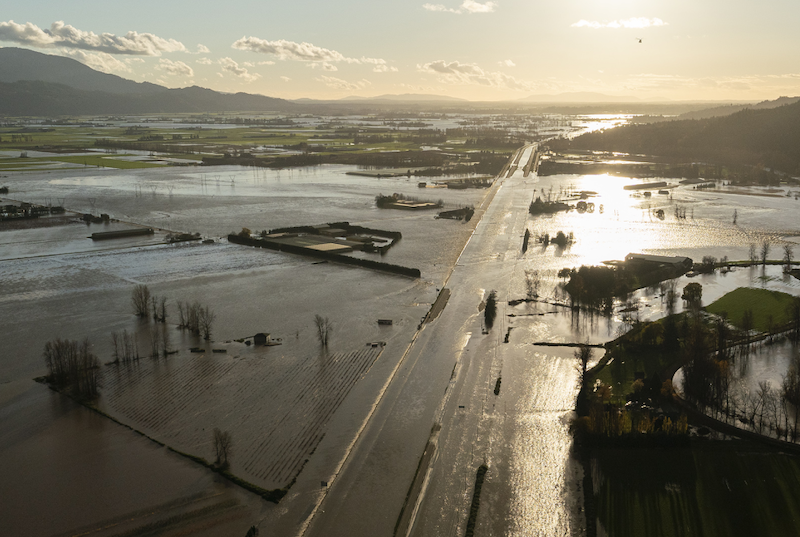News Highlight
California’s atmospheric rivers are drought, floods, and fires.
Key Takeaway
- California has had an unusually wet winter, with 11 atmospheric rivers pounding the state.
- A twelfth storm threatens even more flooding, landslides, and road closures.
- According to the state Department of Water Resources, California has gotten 147% of its usual rainfall this season.
Atmospheric rivers
- About
- Atmospheric rivers are long, narrow areas of the atmosphere that transport most water vapour outside the tropics.
- These sky rivers are most common on the West Coast of the United States, although they can occur everywhere, including the eastern United States.
- Moisture content
- These rivers frequently carry moisture from the Caribbean.
- They transport a lot of moisture, enough to equal or sometimes exceed the normal flow of the Mississippi River near its mouth in the Gulf of Mexico.
How do atmospheric rivers aid rainfall or storms?
- When river moisture interacts with the land, it might fall as rain or snow.
- Because these rivers supply a steady moisture flow, precipitation is frequently abundant.
- According to the NOAA, a few atmospheric river events cause between 30% and 50% of the annual precipitation on the United States West Coast.
- A series of atmospheric rivers have hammered California and other sections of the West Coast during the last two weeks.
How does the rain affect wildfires?
- This winter’s abundant rainfall has already stimulated significant growth in grasses and scrub.
- It will dry out by summer, leaving a larger, thicker fuel base for wildfires.
- Heavy rains can exacerbate hazards around burn scars from recent wildfires.
- The denuded land becomes susceptible to mudslides.
Impacts on regional climate and people’s
- Heat balance
- They move massive amounts of water vapour from one location to another.
- It is critical for heat transmission and heat equalisation across different latitudes.
- Climate change
- They are being exacerbated by global warming, which is expected to make them longer, wetter, and broader.
- People
- In dry weather, atmospheric rivers can restore water supplies while also putting out deadly wildfires.
- They can also bring much-needed rainfall to where it is required for human survival.
- They can generate devastating floods and debris flow in wet weather, wreaking havoc on local businesses.
National Oceanic and Atmospheric Administration (NOAA) Report
- About
- In 2021, greenhouse gas levels in the atmosphere were 414.7 parts per million.
- According to the NOAA study, it is 2.3 parts greater than in 2020.
- The increase in greenhouse gas levels is due to reduced fossil fuel emissions last year, as most of the world economy slowed dramatically due to the COVID-19 pandemic.
- For the tenth year in a row, sea levels have risen.
- They broke the previous 3.8 inches (97 mm) set in 1993 when satellite observations began.
- 2021 was one of the seven warmest on record, dating back to the mid-to-late 1800s.
- In terms of global mean surface temperature, it was also one of the six warmest years on record.
- La Nina, a seasonal phenomenon in the Pacific that cools waters, was to blame for the low average temperature.
- Except for two months in June and July, La Nina persisted.
- February had the year’s smallest temperature anomaly and was the coldest since February 2014.
- Nonetheless, water temperatures were also unusually high.
- High temperatures were recorded in lakes in Tibet, an important region because it serves as a water supply for many of Asia’s major rivers.
Pic Courtesy: EarthSky
Content Source: Indian Express



